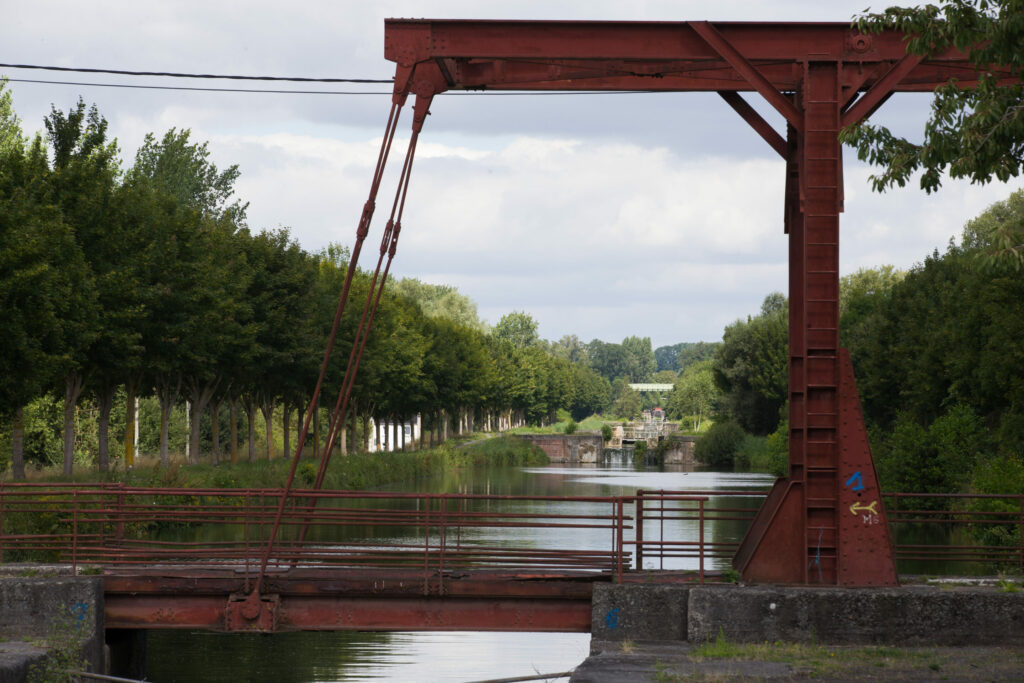A team from the Vrije Universiteit Brussel (VUB) faces a mystery after analysing a skeleton unearthed in the 1970s from a Roman tomb in Pommeroeul, Hainaut province, the university announced on Thursday.
Pommeroeul, located in the Bernissart entity near the Harchies marshes, was the site of a significant archaeological discovery in the 1970s.
Archaeologists found many cremation graves and a burial tomb containing various human bones, including a complete skeleton. The human remains were taken for examination following a preliminary excavation.
Professor Barbara Veselka, head of the osteoarchaeology laboratory at VUB-AMGC, studied the human remains as part of the CRUMBEL project. Surprisingly, the complete skeleton from the burial tomb comprised bones from different time periods.
"A closer examination revealed that the skeleton among the cremated remains was very special," commented Professor Veselka.
Most of the bones date back to the Middle and Late Neolithic periods. "The skeleton was assembled like a puzzle, and this did not occur during or after the excavations," Veselka said.
DNA analysis showed no familial connection between the bones. The skull dates to the Roman era and has familial links to the remains of two Roman children buried in Tongres.
Researchers at VUB hypothesise that the skeleton could have been pieced together during the Neolithic era and later completed with a skull by the Romans.
"However, there is no direct evidence. For now, we are still in the dark," concluded Barbara Veselka.

